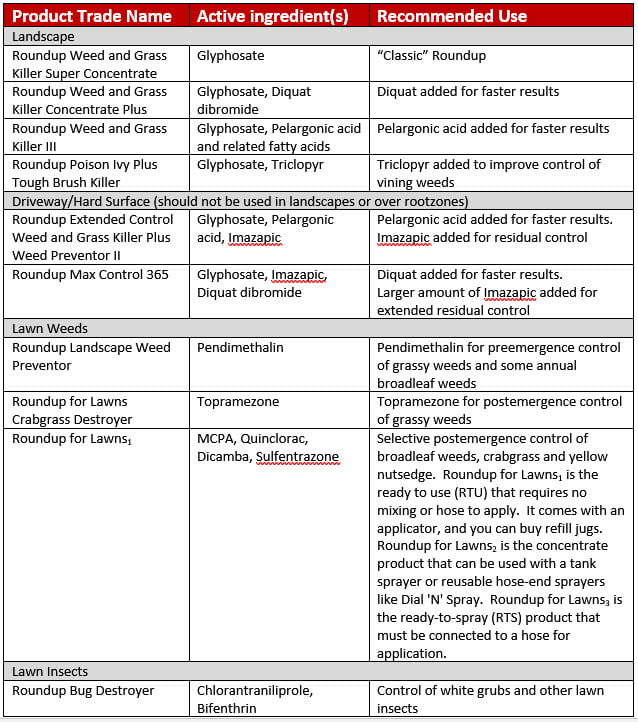
Alfalfa
 Most of our first cutting is complete. If you have not mowed yet continue to monitor for alfalfa weevil. As regrowth starts begin to monitor for potato leafhopper.
Most of our first cutting is complete. If you have not mowed yet continue to monitor for alfalfa weevil. As regrowth starts begin to monitor for potato leafhopper.
Corn
 What a difference a week makes. Most of our corn is now planted and about 50% has emerged.
What a difference a week makes. Most of our corn is now planted and about 50% has emerged.
Soil Crusting

Soil crusting is still an issue. Continue to scout for emergence problems. A few fields saw a return of the rotary hoe to help break the crust and aid in crop emergence.
Beans
 Like corn, bean planting is coming to an end. Soil crusting is also an issue in many of our bean fields. Continue to scout these fields for emergence problems. Read more here.
Like corn, bean planting is coming to an end. Soil crusting is also an issue in many of our bean fields. Continue to scout these fields for emergence problems. Read more here.
Slugs
Slug damage was a problem early in a few fields. The forecasted warm and dry weather should help to eliminate this problem.
Wheat
Scout for disease and insects:
Cereal Leaf Beetle Scouting Information
Powdery Mildew Scouting information
Head Scab Scouting Information
Most of our wheat is nearing a time when a decision must be made. All of the wheat fields that I have looked at are showing no signs of disease pressure. Here are some factors to consider
- No existing disease pressure
- The head scab forecast system is showing a very low chance of scab
- Fungicide cost can range from $12 – $18/acre plus application charges
- New crop wheat price is hovering around $6.20/bushel
- The 6 – 10 day precipitation outlook is for below normal rainfall and mild temperatures.

















